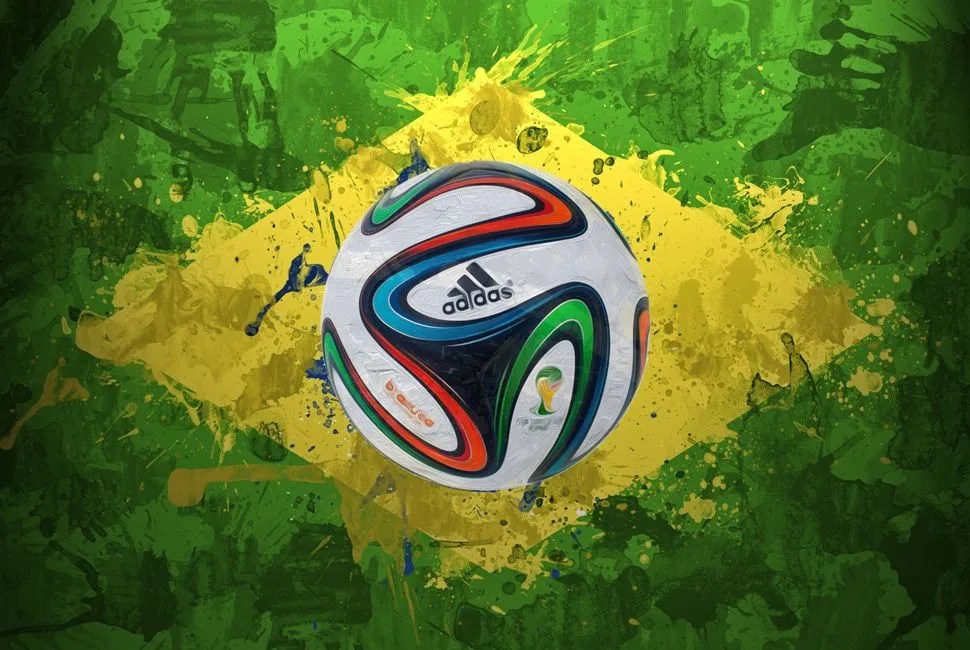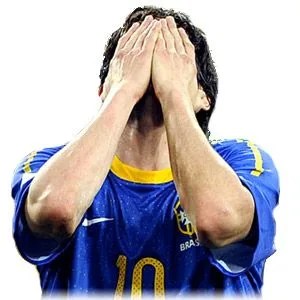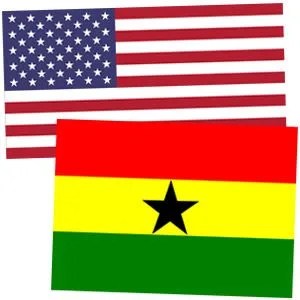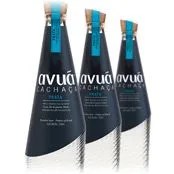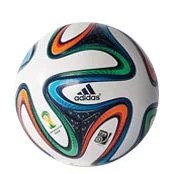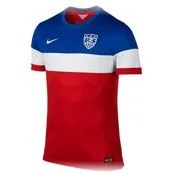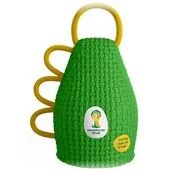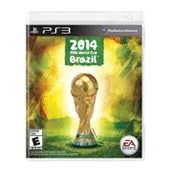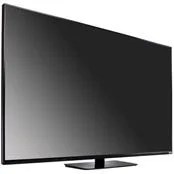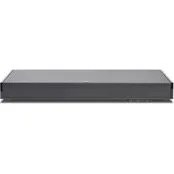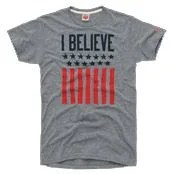The FIFA World Cup begins tomorrow. Before you shrug off soccer as boring and then promptly nap in front of an MLB game, consider this: by FIFA’s own humble estimation, 909.6 million television viewers watched at least part of the 2010 World Cup Final. For perspective, America’s most-watched television event in history was this year’s Super Bowl, with 111.5 million viewers. And you don’t need to follow the MLS or Premier League to get your Cup on — everything you need to know is in this short primer. If you want to know more, we linked out to further reading at the bottom, including the nitty gritty of political turmoil, a breakdown of every team and the history behind the World Cup trophy. But for now, let’s get basic.
World Cup Technology
Goal Line Technology
After England was denied a legitimate goal in a game against Germany in the 2010 World Cup, FIFA pushed for goal-line technology to objectively determine ball location. Thus, GoalControl GmbH technology has been installed in all 12 of Brazil’s stadiums. Within a second of the game ball crossing the plane of the goal line, a goal confirmation is sent to each of the match officials via their watch.
The Ball
Succeeding the adidas Jabulani used in 2010 is the adidas Brazuca, the official game ball of the 2014 World Cup. The ball’s name was selected by over one million voting Brazilians, making it the first Cup ball to be named democratically; FIFA explains “the informal term ‘brazuca’ is used by Brazilians to describe national pride in the Brazilian way of life”. Adidas developed the ball over a two-year period, meaning more time went into making this ball than your first-born child.
Vanishing Spray
A shaving-cream-like spray — named 9:15 after the distance defenders must give the striker on a free kick — will be used in the Cup for the first time this year. The spray vanishes minutes after use, giving officials the ability to keep defenders from inching up past the 9.15 meter mark for an unfair advantage against free kicks (very shifty, these soccer players).
Primer
